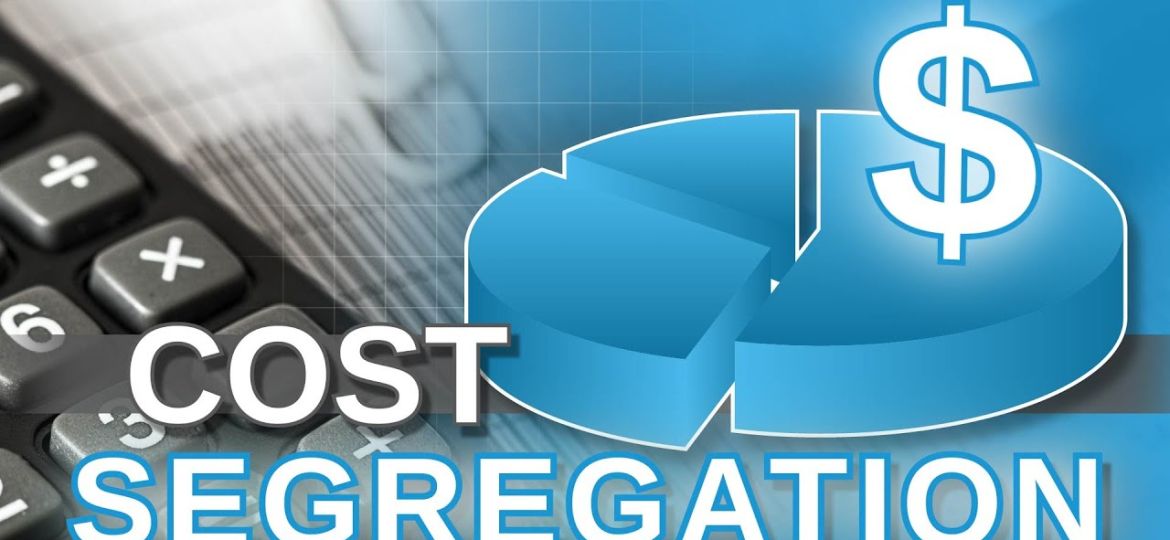Retirement savings accounts are a type of investment account that is designed to help individuals save money for their retirement years. There are several different types of retirement savings accounts, each with its own set of rules and benefits. Some of the most common types include:

401(k): Retirement Savings Accounts
A 401(k) is a retirement savings account that is typically offered by employers in the United States. It allows employees to contribute a portion of their pre-tax income to the account, which can then be invested in a variety of assets.
A 401(k) is a type of retirement savings accounts that are typically offered by employers in the United States. It is named after the section of the Internal Revenue Code that governs it.
Employees who participate in a 401(k) plan can contribute a portion of their pre-tax income to the account, which is then invested in a variety of assets such as stocks, bonds, and mutual funds. The contributions are deducted from the employee’s paycheck before taxes are taken out, which can help reduce their current taxable income.
Employers may also offer a matching contribution, which means they will match a certain percentage of the employee’s contribution up to a certain limit. For example, an employer may match 50% of an employee’s contribution up to 6% of their salary.
One of the benefits of a 401(k) is that the investments in the account grow tax-free until the money is withdrawn. However, withdrawals from a 401(k) are typically taxed as ordinary income, and there may be penalties for withdrawing the money before the age of 59 and a half, except for certain qualifying circumstances.
Overall, a 401(k) can be a powerful tool for building retirement savings, especially if an employer offers matching contributions. It’s important for individuals to understand the fees associated with their plan and to choose investments that align with their long-term financial goals.
Individual Retirement Account (IRA)Retirement Savings Accounts

An IRA is a type of retirement savings account that can be opened by individuals, regardless of whether they have access to a workplace retirement plan. There are two main types of IRAs: traditional and Roth. Contributions to a traditional IRA may be tax-deductible, while contributions to a Roth IRA are made with after-tax dollars but can be withdrawn tax-free in retirement.
An Individual Retirement Account (IRA) is a type of retirement savings account that can be opened by individuals to save for their retirement. There are two main types of IRAs: Traditional and Roth.
Traditional IRA
Contributions to a traditional IRA may be tax-deductible, which means that individuals can reduce their taxable income by contributing to the account. The earnings on the account are tax-deferred, which means that taxes are not paid on the money until it is withdrawn in retirement Savings Accounts. Withdrawals from a traditional IRA are generally subject to income tax.
Roth IRA Retirement Savings Accounts
Contributions to a Roth IRA are made with after-tax dollars, which means that individuals do not get a tax deduction for contributing to the account. However, the earnings on the account are tax-free, which means that individuals do not pay taxes on the money when it is withdrawn in retirement.
Roth IRA contributions can also be withdrawn tax-free and penalty-free at any time, although earnings on the account may be subject to penalties and taxes if withdrawn before age 59 and a half.
Both Traditional and Roth IRAs have annual contribution limits set by the IRS. For 2023, the contribution limit is $6,000 for those under age 50, and $7,000 for those aged 50 and over.
IRAs also have rules for when and how withdrawals can be made, and penalties may be imposed for early withdrawals. It’s important for individuals to understand the rules and benefits of each type of IRA to determine which one is right for them.
Simplified Employee Pension (SEP) IRA Retirement Savings Accounts

A SEP IRA is a type of retirement savings plan that is designed for self-employed individuals and small business owners. It allows contributions of up to 25% of an employee’s compensation or a maximum dollar amount, whichever is less.
A Simplified Employee Pension (SEP) is a type of retirement plan that is designed for self-employed individuals and small business owners. It allows these individuals to contribute to their own retirement savings, as well as the retirement savings of their employees if they have any.
Here are some key features of a SEP:
Contributions
Employers can make tax-deductible contributions to a SEP on behalf of their employees, up to 25% of the employee’s compensation or a maximum dollar amount, whichever is less. Employees do not contribute to the SEP; all contributions are made by the employer.
Tax Benefits
Contributions to a SEP are tax-deductible for the employer, which can help reduce their taxable income. The earnings on the account are tax-deferred, which means that taxes are not paid on the money until it is withdrawn in retirement. Withdrawals from a SEP are generally subject to income tax.
Eligibility
Any employer, including self-employed individuals, can set up a SEP. Employees are eligible to participate if they are at least 21 years old, have worked for the employer for three of the past five years, and have earned at least $650 in the current year.
Administration
SEPs are relatively easy to set up and administer, compared to other retirement plans such as 401(k)s. Employers do not have to file annual reports with the government or perform annual testing to ensure that the plan meets certain requirements.
Withdrawals
Withdrawals from a SEP are generally subject to income tax and may be subject to penalties if withdrawn before the age of 59 and a half. However, there are exceptions for certain qualifying circumstances, such as disability or death.
Overall, a SEP can be a good option for self-employed individuals and small business owners who want to contribute to their own retirement savings, as well as the retirement savings of their employees. It’s important to consult with a financial advisor to determine if a SEP is the right retirement plan for your specific needs and goals.
Simple IRA Retirement Savings Accounts
A Simple IRA is another type of retirement savings plan that is designed for small businesses with fewer than 100 employees. It allows both employers and employees to make contributions, and contributions are tax-deductible for the employer.
A Simple IRA (Savings Incentive Match Plan for Employees) is a type of retirement savings plan that is designed for small businesses with fewer than 100 employees. It allows both employers and employees to make contributions to the plan, and contributions are tax-deductible for the employer.
Here are some key features of a Simple IRA:
Contributions
Both employers and employees can make contributions to a Simple IRA. For 2023, employees can contribute up to $14,000 per year, and those aged 50 and over can contribute an additional $3,000 as a “catch-up” contribution. Employers must either match employee contributions dollar-for-dollar, up to 3% of the employee’s compensation or make a non-elective contribution of 2% of the employee’s compensation for all eligible employees.
Tax Benefits
Contributions to a Simple IRA are tax-deductible for the employer, which can help reduce their taxable income. The earnings on the account are tax-deferred, which means that taxes are not paid on the money until it is withdrawn in retirement. Withdrawals from a Simple IRA are generally subject to income tax.
Eligibility
Any employer with fewer than 100 employees can set up a Simple IRA. Employees are eligible to participate if they have earned at least $5,000 in any two prior years and are expected to earn at least $5,000 in the current year.
Administration
Simple IRAs are relatively easy to set up and administer, compared to other retirement plans such as 401(k)s. Employers are not required to file annual reports with the government or perform annual testing to ensure that the plan meets certain requirements.
Withdrawals: Withdrawals from a Simple IRA are generally subject to income tax, and may be subject to penalties.
Pension Plan Retirement Savings Accounts
A pension plan is a retirement savings plan that is typically offered by large employers or government organizations. It provides employees with a set retirement income based on factors such as their salary and years of service.
A pension plan is a retirement savings plan that an employer sponsors for its employees. The purpose of a pension plan is to provide employees with a reliable source of income during retirement.
There are two main types of pension plans: defined benefit plans and defined contribution plans.
Defined benefit plans
Defined benefit plans provide employees with a set amount of retirement income, based on a formula that takes into account factors such as the employee’s salary and years of service. The employer is responsible for funding the plan and investing the funds to ensure that there is enough money to pay the promised benefits.
Defined contribution plans
Defined contribution plans, on the other hand, allow employees to contribute a portion of their salary to the plan, and the employer may also make contributions on the employee’s behalf. The employee’s retirement income is based on the amount of money in the plan and the investment returns earned on that money.
Pension plans can provide significant tax benefits for both employers and employees, and they can be an effective way to save for retirement. However, pension plans can also be complex and expensive to administer, and they may be subject to regulatory requirements and financial risks.





